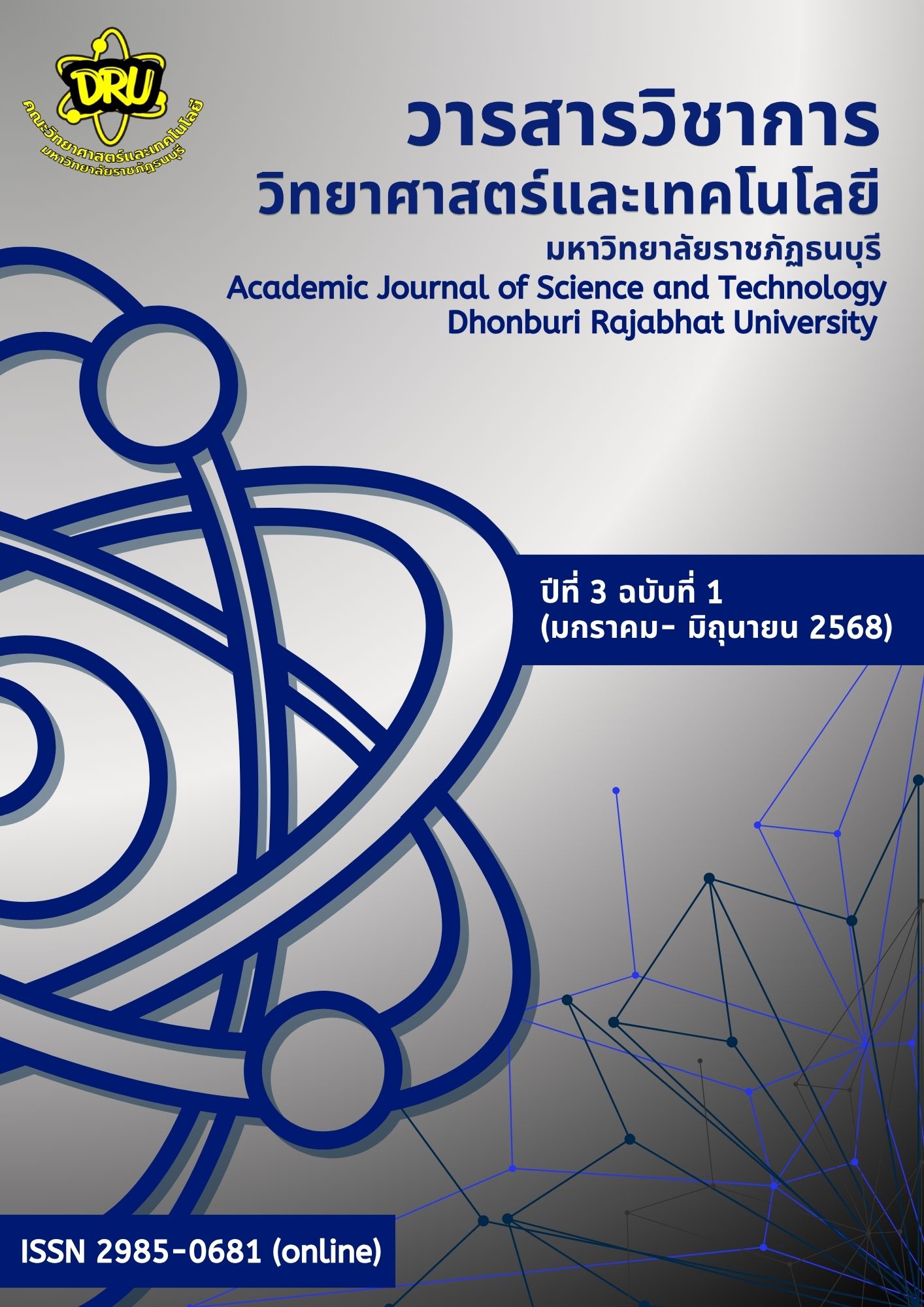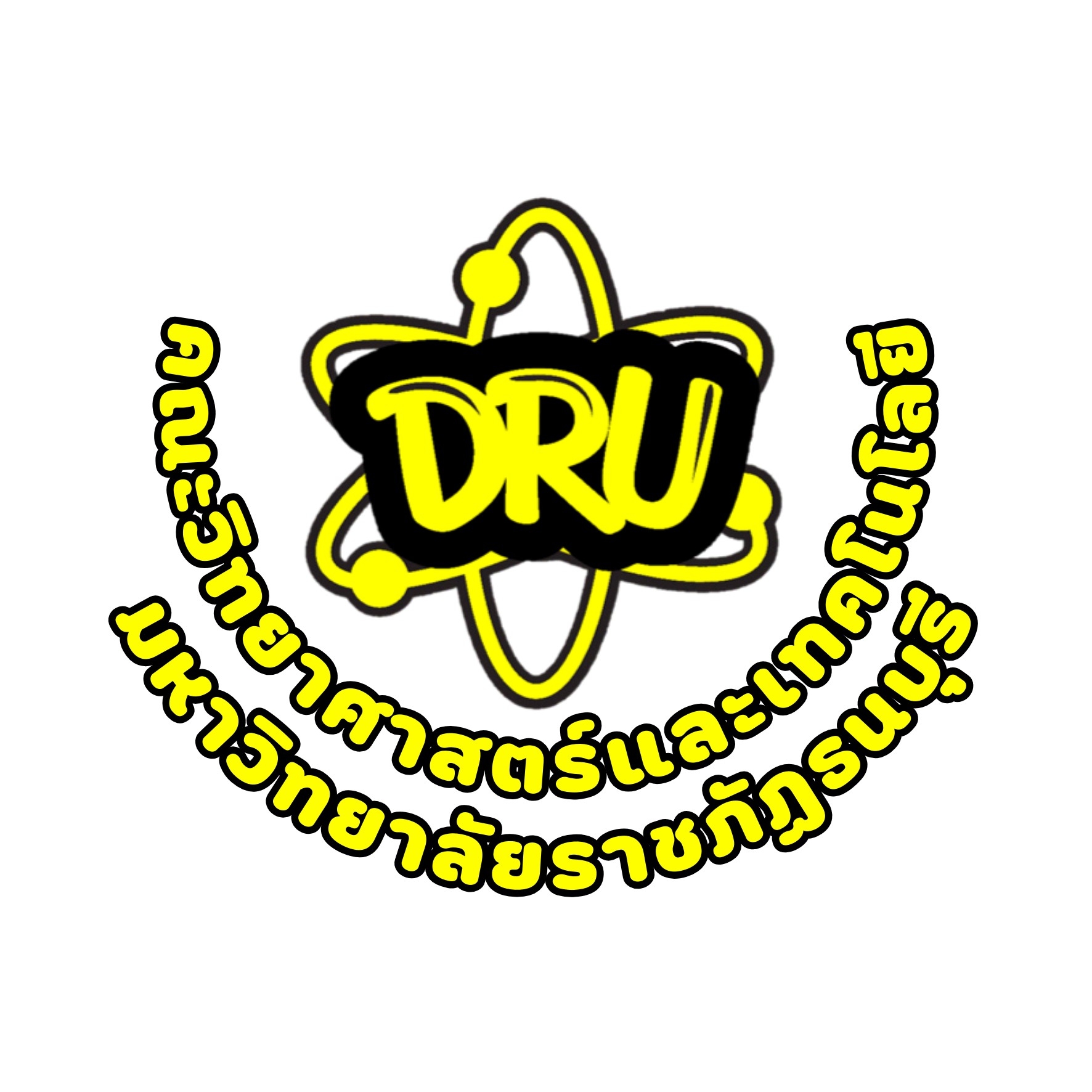The Use of 5G Technology to Support Sustainable Agriculture in Thailand
Keywords:
Sustainable agriculture, Smart agriculture, 5G technology, Digital technology, Thai agricultural sectorAbstract
This article presents the use of 5G technology to support sustainable agriculture in Thailand. Currently, the Thai agricultural sector is facing several challenges, such as climate change, high production costs, and a declining labor force. The adoption of 5G technology which is characterized by high speed, low latency, and the ability to support many IoT devices plays a crucial role in transforming traditional farming into “smart agriculture.” This transition helps to enhance efficiency, reduce costs, and improve the quality of agricultural production in a sustainable manner. Case studies have shown that the implementation of 5G technology in precision farming across various regions of Thailand has yielded tangible and positive results. However, there are still challenges in advancing 5G technology in Thailand’s agricultural sector, including limitations in technological infrastructure, farmers’ digital literacy and skills, and disparities in access to technology. This article, therefore, proposes strategies for promotion and development, along with policy recommendations, to appropriately apply 5G technology within Thailand’s agricultural context. The aim is to enhance the sector’s competitiveness and drive it toward sustainability in alignment with the United Nations’ Sustainable Development Goals (SDGs).
References
คณะกรรมการกิจการกระจายเสียง กิจการโทรทัศน์ และกิจการโทรคมนาคมแห่งชาติ [กสทช.]. (2566). แผนปฏิบัติการว่าด้วยการส่งเสริมการใช้ประโยชน์เทคโนโลยี 5G ในระยะที่ 2 พ.ศ. 2566 –2570. ค้นเมื่อ 6 เมษายน 2568, จาก https://drive.onde.go.th/index. php/s/emYbMTSHAcBdBcn.
ภูกิจ คงเปี่ยม และธนพล แพร่งกระโทก. (2568). สถานการณ์และแนวโน้มการประยุกต์ใช้อินเทอร์เน็ตประสานสรรพสิ่งสำหรับฟาร์มปลูกพืชอัจฉริยะในประเทศไทย. วารสารครุศาสตร์อุตสาหกรรม, 24(1), C1-C10.
สถาบันวิจัยเพื่อการพัฒนาประเทศไทย [TDRI]. (2565). ผลกระทบของ Disruptive Technology ต่อภาคเกษตรไทยและการเตรียมความพร้อม. ค้นเมื่อ 6 เมษายน 2568, จาก https://
tdri.or.th/wp-content/uploads/2022/09/wb189.pdf.
สำนักงานคณะกรรมการพัฒนาการเศรษฐกิจและสังคมแห่งชาติ [ศสช.]. (2564). SDG Vocab | 06 – Sustainable Agriculture – เกษตรกรรมยั่งยืน. ค้นเมื่อ 15 สิงหาคม 2567, จาก https://www.sdgmove.com/2021/05/15/sdg-vocab-06-sustainable-agriculture/.
สำนักงานพัฒนาวิทยาศาสตร์และเทคโนโลยีแห่งชาติ [สวทช.]. (2565). แผนปฏิบัติการด้านการขับเคลื่อนการพัฒนาประเทศไทยด้วยโมเดลเศรษฐกิจ BCG พ.ศ. 2564–2570. ค้นเมื่อ
เมษายน 2568, จาก https://waa.inter.nstda.or.th/stks/pub/bcg/BCG-Action-Plan-2564-2570-256502-02.pdf.
Deichmann, U., Goyal, A., & Mishra, D. (2021). Will digital technologies transform agriculture in developing countries Agricultural Economics, 47(S1), 21–33. https://doi.org/10.1111/agec.1230.
Ericsson. (2024). The 5G agriculture market outlook 2024–2030. Retrieved April 24, 2024, from https://www.ericsson.com/en/about-us/new-world-of-possibilities
/imagine-possible-perspectives/smart-farming
Food and Agriculture Organization of the United Nations [FAO]. (2023). Climate change impacts on agriculture in Southeast Asia. Bangkok: FAO Regional Office for Asia and the Pacific.
Green, T., Wilkinson, S., & Johnson, P. (2023). Environmental impacts of IoT and 5G implementation in agricultural settings: A lifecycle assessment. Journal of Cleaner Production, 375, 134211.
Huawei. (2023). 5G use cases and applications in agriculture. Shenzhen: Huawei Technologies.
International Telecommunication Union [ITU]. (2023). IMT vision – Framework and overall objectives of the future development of IMT for 2030 and beyond. Geneva: ITU.
Kumar, R., Singh, V., & Sharma, A. (2022). Energy concerns in IoT-enabled smart agriculture: Challenges and solutions for developing regions. Renewable and Sustainable Energy Reviews, 156, 111963.
McKinsey Global Institute. (2023). Agriculture’s connected future: How technology can yield new growth. New York: McKinsey & Company.
Nokia. (2023). 5G for smart agriculture: Transforming the farming industry with connectivity. Espoo: Nokia Corporation.
Qualcomm. (2024). 5G ultra-low latency: Enabling the tactile internet. San Diego: Qualcomm Technologies.
Rudgard, S., & Mangstl, A. (2022). Digital agriculture transformation: Bridging the rural digital divide. Rome: Food and Agriculture Organization of the United Nations.
Saiz-Rubio, V., & Rovira-Más, F. (2020). From smart farming towards agriculture 5.0: A review on crop data management. Agronomy, 10(2), 207.
Smith, J. (2023). Data privacy and security challenges in precision agriculture: Protecting farmers’ digital assets. Journal of Agricultural Informatics, 14(2), 67–82.
United States Department of Agriculture [USDA]. (2022). Sustainability in agriculture: Concepts, principles, and evidence. Washington, D.C.: USDA.
World Bank. (2023). Digital agriculture: Opportunities and challenges in developing countries. Washington, D.C.: World Bank.
Downloads
Published
How to Cite
Issue
Section
License
Copyright (c) 2025 Academic Journal of Science and Technology, Dhonburi Rajabhat University

This work is licensed under a Creative Commons Attribution-NonCommercial-NoDerivatives 4.0 International License.




